I was able to accomplish all the challenges and the 1000km making me eligible to win the new KTM. Here are the challenges day by day each worth 250 points. To be entered for the final raffle you needed 2000 points over all making it necessary to finish 4 of the challenges and ride the 1000km overall.
- Monday – Share your ride on social media.
- Tuesday – Ride through 890 meters of altitude.
- Wednesday – Check in at a KTM dealer.
- Thursday – Complete 1290 meters of elevation.
- Friday – 5 rides in one week.
- Saturday – Ride 390 km in one go.
- Sunday – Ride with your buddies.
Overall, it was a great week of riding. I think this should become a yearly event although who knows if KTM will be willing to give away a new bike every year. However, the event was very KTM, in that it was all about riding and the competition was fun and relaxed. They offered generous daily prizes with everyone working towards the goal of getting into the final raffle.
Let us hope this becomes a yearly event.
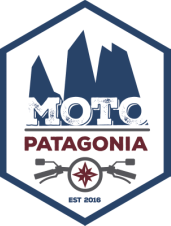
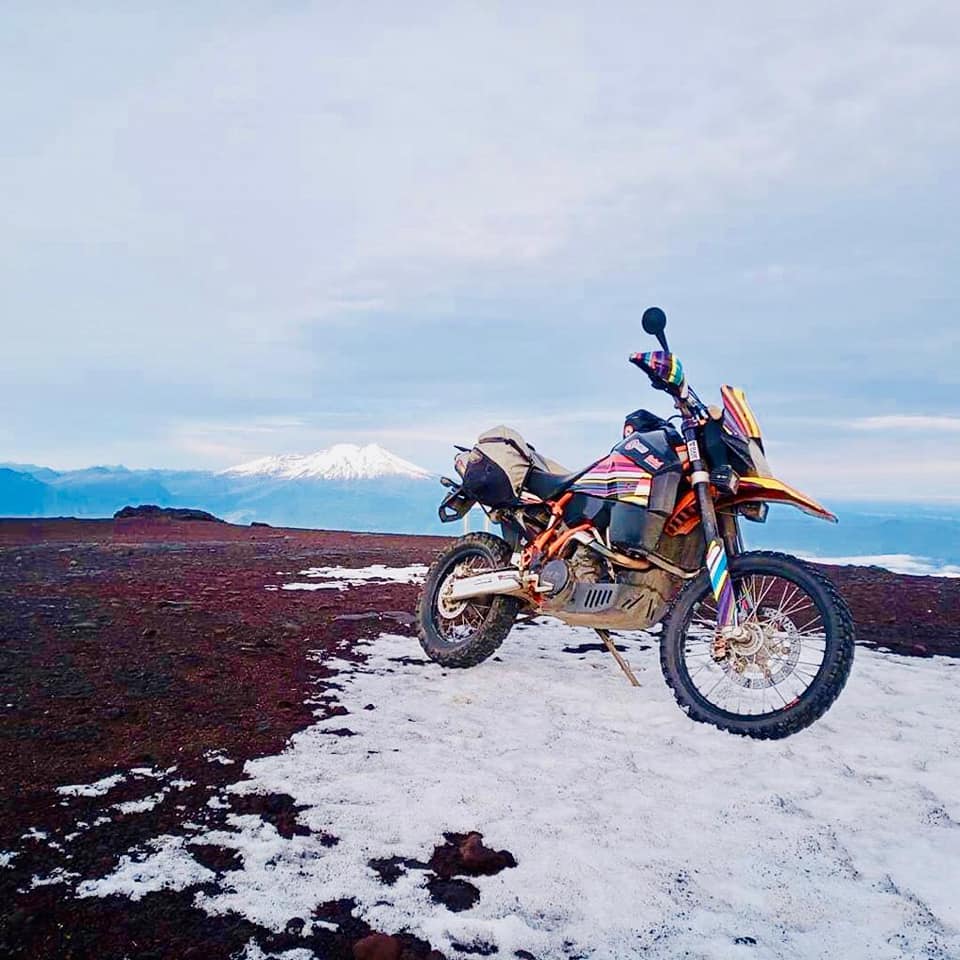
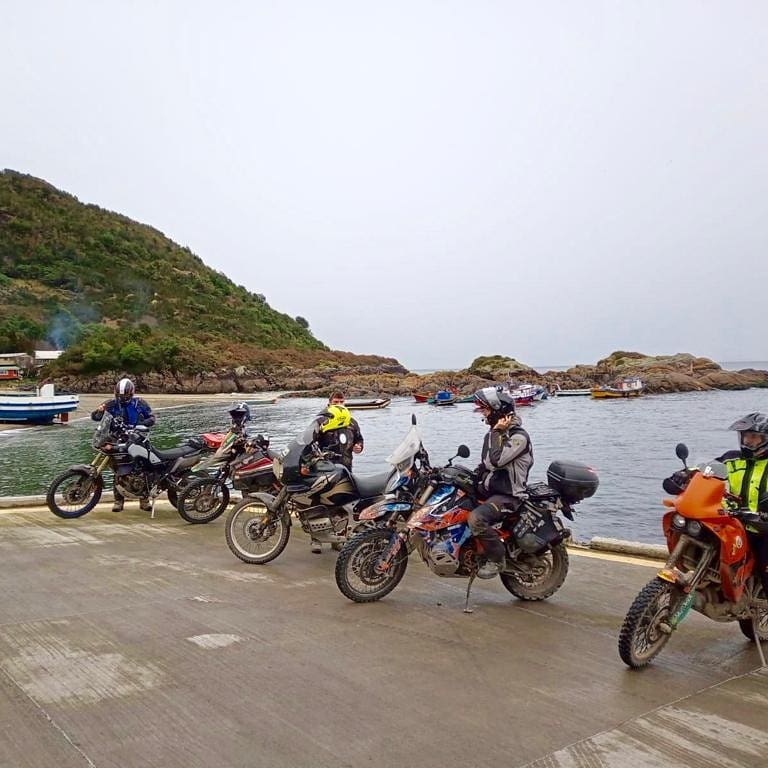
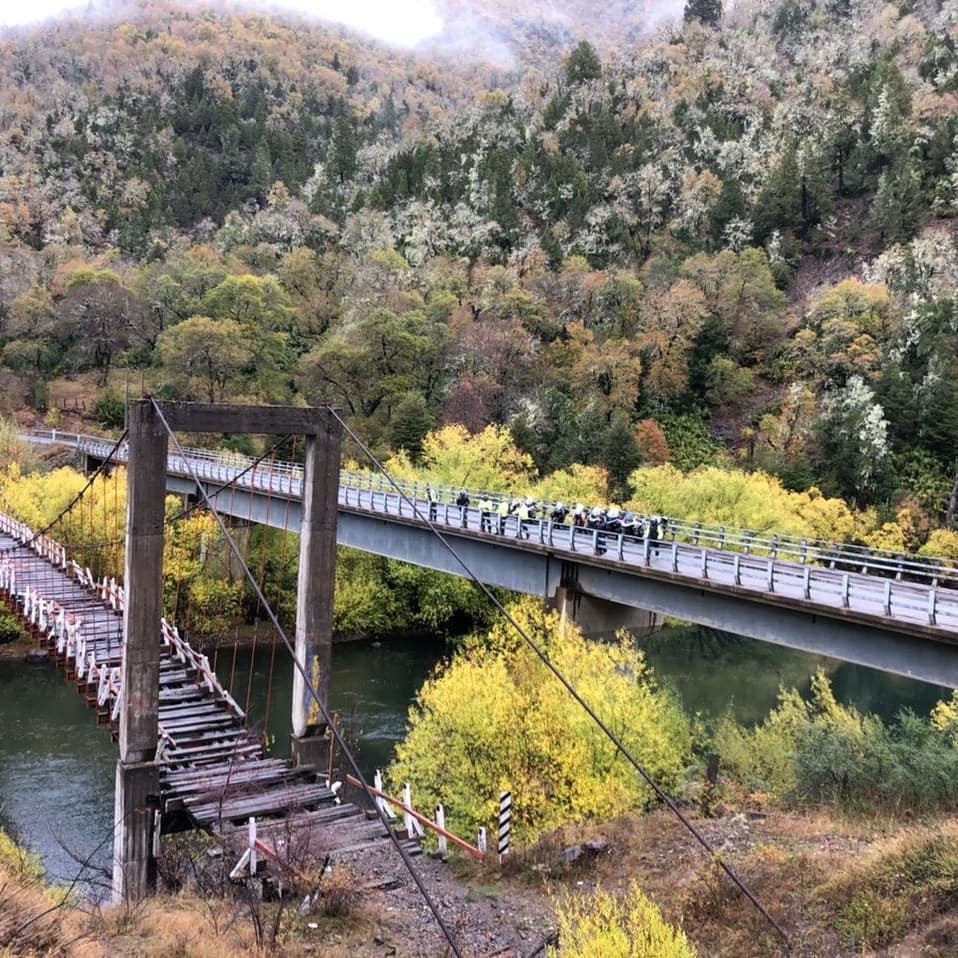
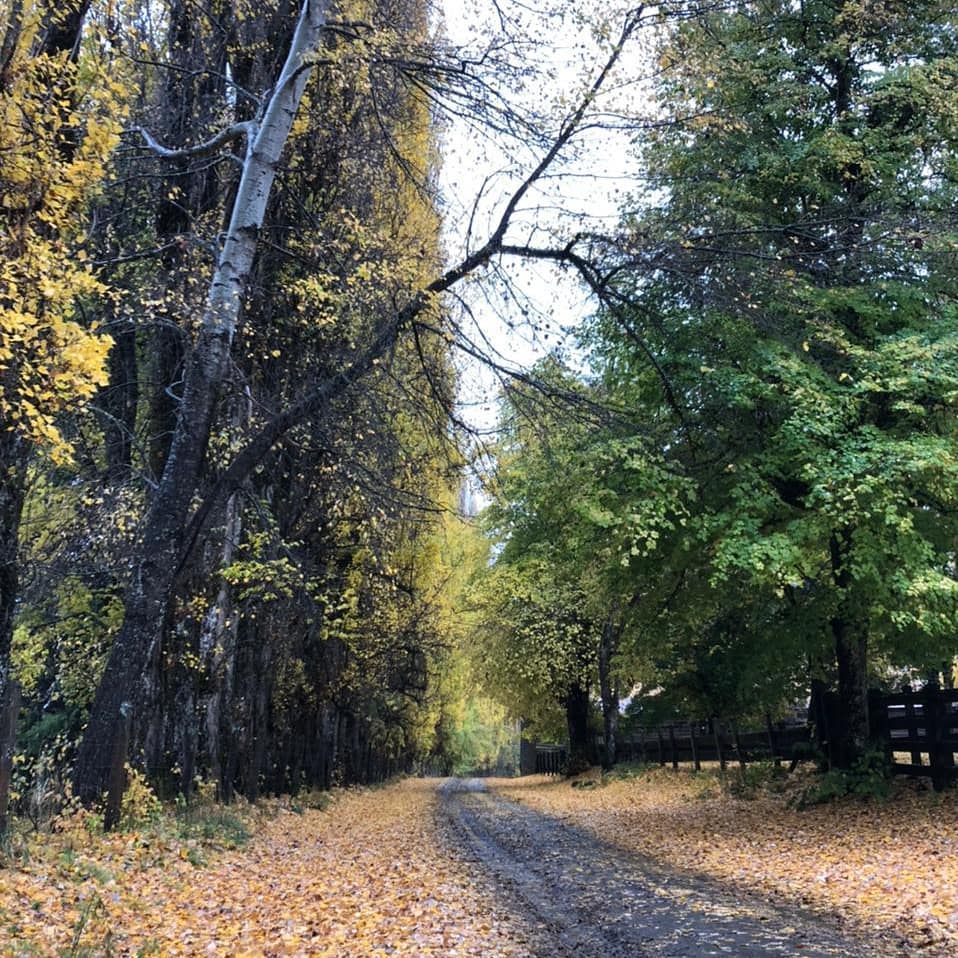
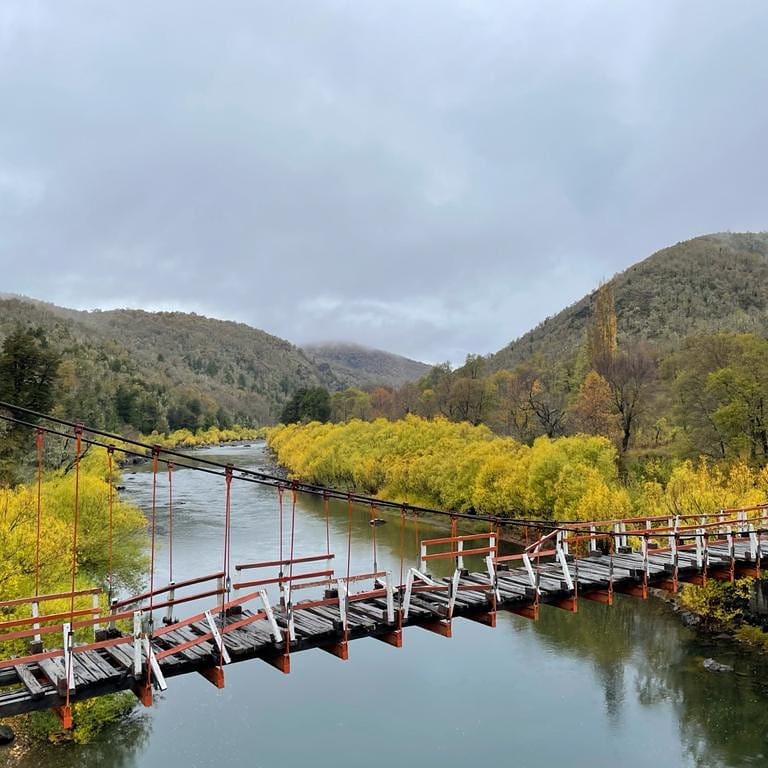
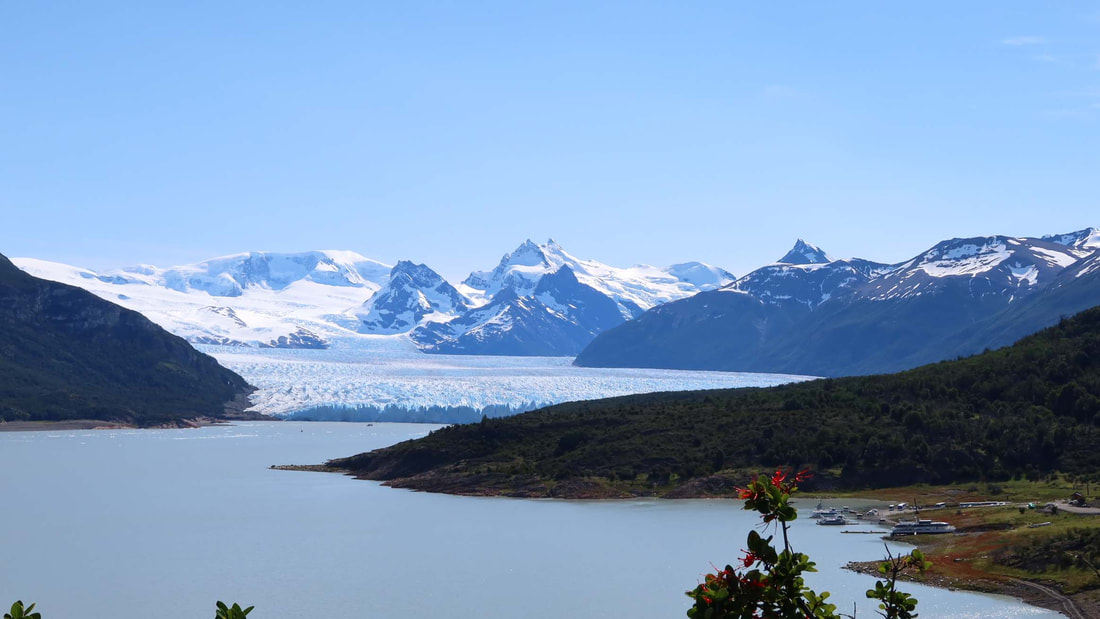
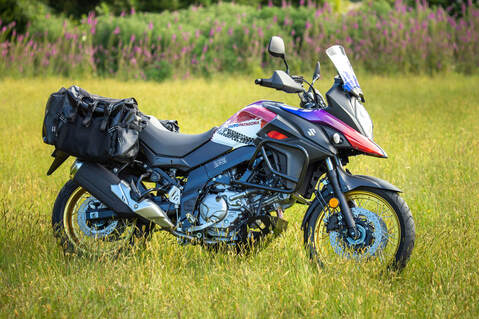
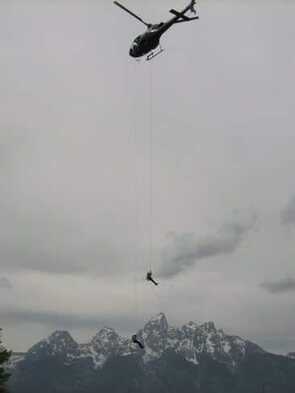
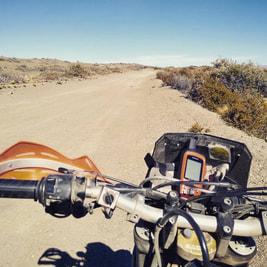
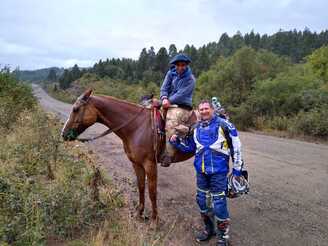
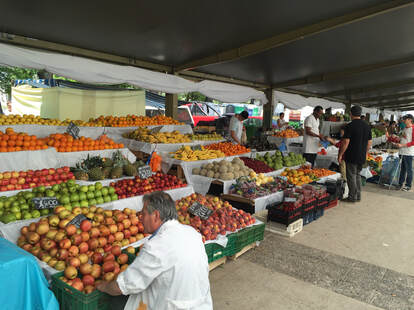
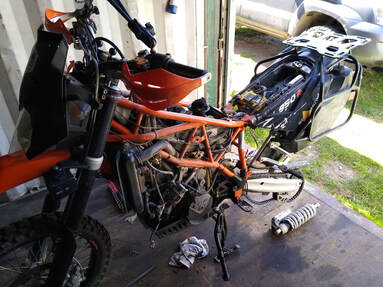
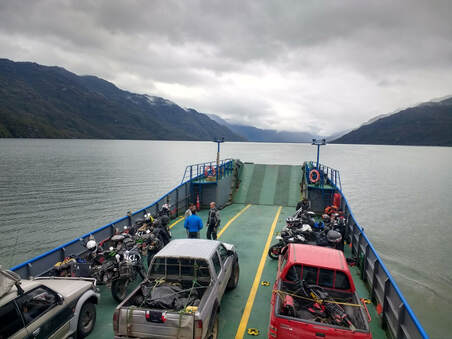
 RSS Feed
RSS Feed



